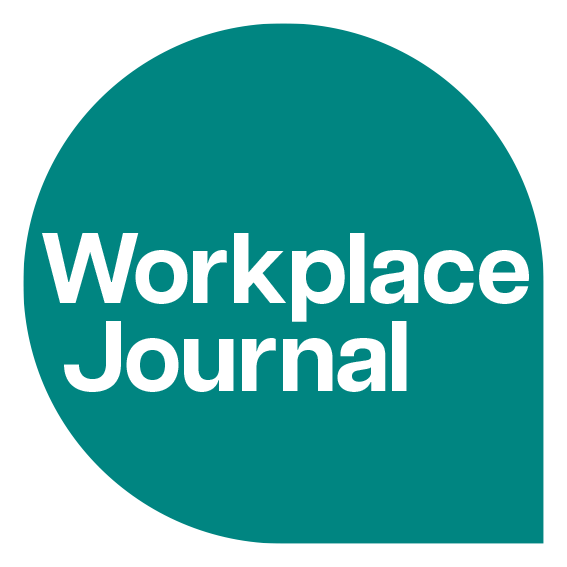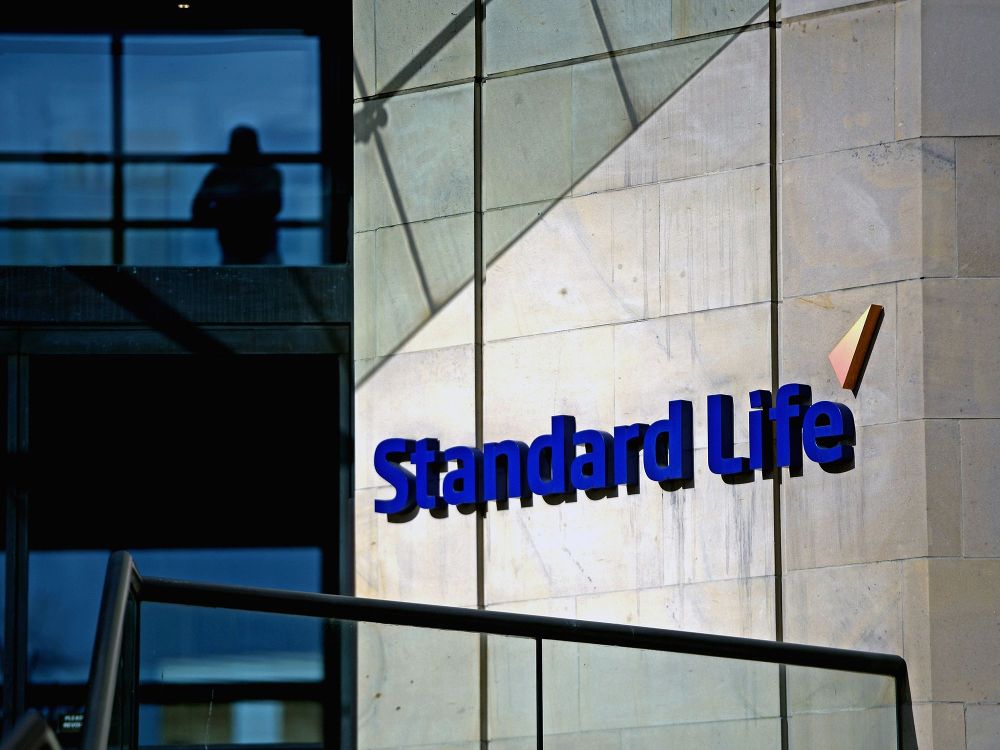In its Q4 2024 Labour Market Outlook, the Resolution Foundation examined how the Government should approach extending Statutory Sick Pay (SSP) to the lowest earners.
The Government introduced the Employment Rights Bill in October 2024, potentially marking the biggest overhaul to employment rights since the introduction of the minimum wage.
However, the Resolution Foundation said the Bill marks only the first step, with many policy details to be worked out; the Government is therefore consulting on some of the key decisions.
One of the areas being consulted on is the strengthening of the SSP system.
The system currently provides a lower level of minimum protection to sick workers than most other Organisation for Economic Co-operation and Development (OECD) countries, because sickness absences shorter than four days are not covered and the lowest earners are excluded, while the Resolution Foundation said that the rate of £116.75 per week is “simply too low.”
The Government’s planned reforms will address the first two concerns, and the recent consultation focused on extending SSP eligibility to workers earning less than £123 per week, who currently do not qualify.
For these workers, the Government planned to set SSP as a share of earnings, but is consulting on what the exact replacement rate should be.
The Resolution Foundation proposed that the Government adopt an earnings replacement rate of 80% for newly eligible workers.
In 2014, the Department for Work and Pensions (DWP) found that part-time workers – a category which includes all those earning below £123 a week – were less likely than full-time workers to have access to occupational sick pay (42% versus 61%).
The Resolution Foundation said that the main policy consideration was that by setting sick pay too low, workers who are too unwell to work faced a large financial hit, making them more likely to work through illness, with negative health consequences for the individual and wider society.
However, by setting sick pay too high, there was the risk that some workers take false sick days.
This is why most countries’ sick pay systems either set mandatory sickness payments at a level below workers’ normal earnings or include ‘waiting days’.
The UK’s current system has both features, but waiting days are set to be removed, which the foundation said was a reason to set the earnings replacement rate below 100%.
A handful of countries, including Luxembourg, Germany, Chile, Austria and Iceland, provide full earnings replacement from the first day of sickness, but this is often accompanied by more stringent requirements to certify illness through the healthcare system.
Among countries whose sick pay system does not have any waiting days, the typical earnings replacement rate – in Finland, for example – is 70%.
The Resolution Foundation warned that there would be an impact on employers, as workers in countries with more generous sick pay provisions tend to take more leave.
The foundation added that this was not itself a negative, reducing “unproductive presenteeism and the spread of illness,” but that concerns did exist about the effects of added costs due to higher sick pay and a higher minimum wage.
The foundation suggested that the Government could compensate employers facing high sick pay costs, as it did until 2014.
Nevertheless, Government data showed that taken together, extending eligibility and removing waiting days were only estimated to increase employers’ sick pay costs from 0.06% of their wage bills to 0.09%.
Research by the Resolution Foundation found that among those employees earning below £123 per week – who will be newly eligible for SSP – 32% lived in relative poverty, compared to 9% who earned above this threshold.
Nearly a quarter (23%) of employees who will be newly eligible for SSP were living in poverty, but did not receive Universal Credit (UC) or the equivalent.
However, underlining concerns around absenteeism, in 2017, before office jobs could be easily done from home, 52% of the lowest-paid fifth of workers reported having worked while sick in the previous 12 months, compared to 68% of the highest-paid fifth.
The foundation noted that this differential could reflect that low-paying jobs in sectors like care, hospitality and retail are often harder to do while sick than higher-paying jobs – but even after adjusting for this, the pay gradient correlation remained.
Nevertheless, the Resolution Foundation said that the Government should err on the side of protecting incomes.
Finally, the foundation said that, while extending SSP to the lowest earners and removing the waiting days were positive steps, broader reform would also be needed, and that at £116.75 a week, SSP left many workers facing significant financial strain – particularly low-paid workers, as higher earners were more likely to benefit from occupational schemes.
Report authors Nye Cominetti and Hannah Slaughter said: “There is a clear case for strengthening the UK’s SSP system, but the Government faces the challenge of balancing income protection with the risk of absenteeism.”
















